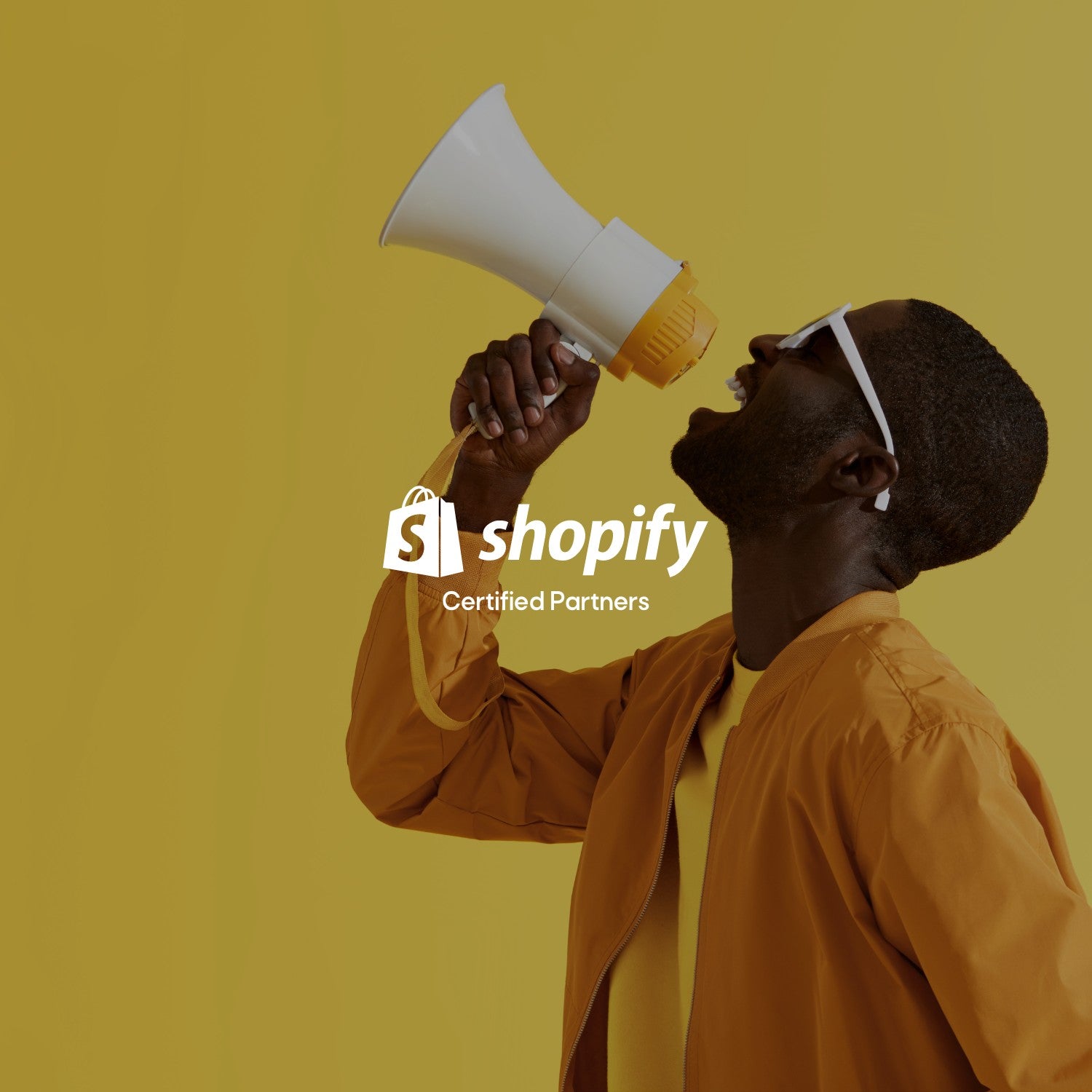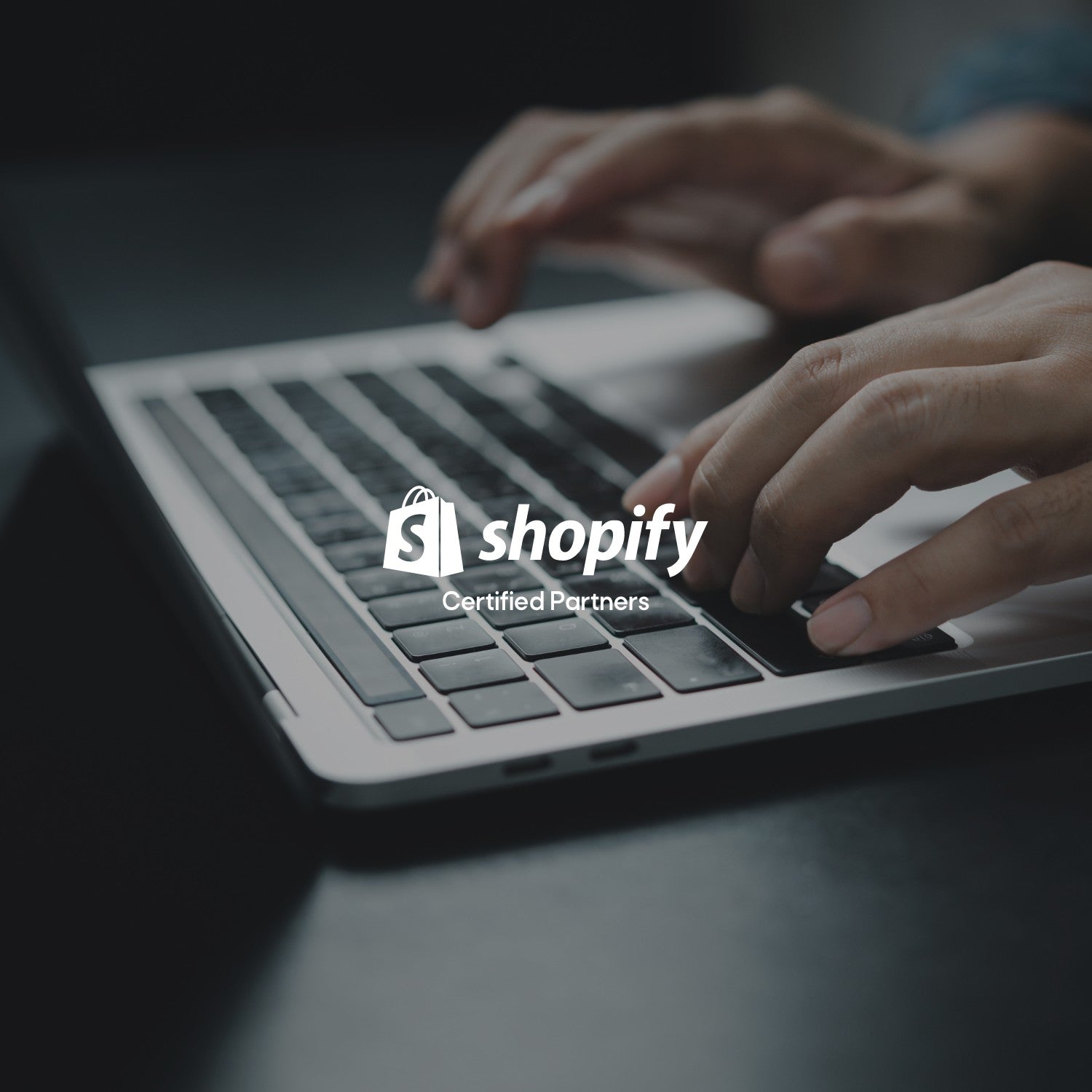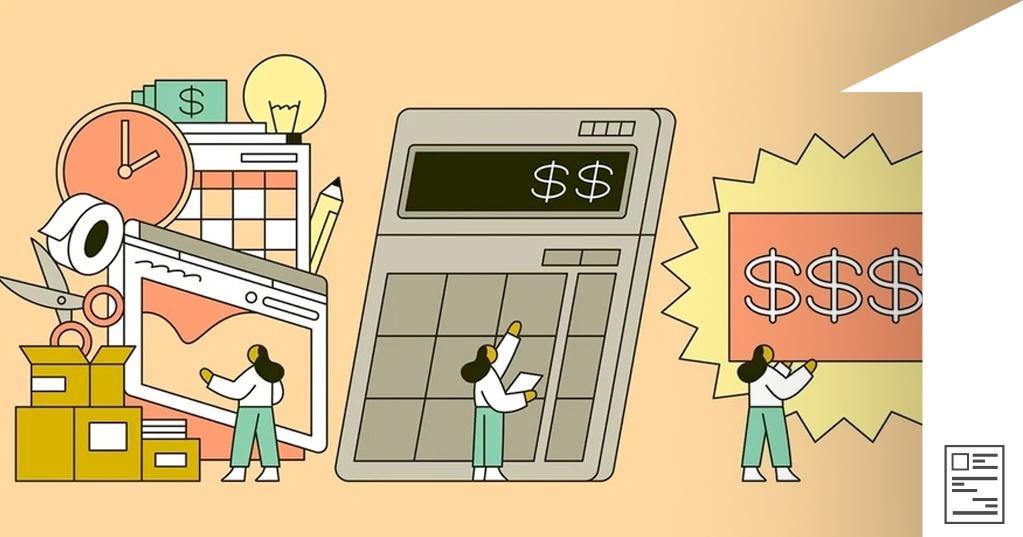How much of “the new normal” is here to stay? Based on our research, buying habits, like everything else, have changed—maybe forever.
In the past few months, I have bought plant-based cheese online, had prescriptions delivered to my door, purchased virtual yoga classes, and picked up beer curbside—all for the first time ever. Sound familiar? Turns out, I’m no exception.
53% of North American buyers said that the pandemic has changed the way they will shop going forward.
In June, we surveyed buyers in Canada and the US and asked: “How have your buying habits changed since the spread of COVID-19?” Participants shared how they shopped and spent their money in early 2020 and how those behaviors compared to the first three months of the pandemic’s spread in North America (March to June 2020).
As the dust settles and we return to wearing pants in lieu of everyday sleepwear, some distinct patterns have emerged. Our research shows a marked increase in online shopping, an appetite for virtual experiences, more adoption of local pickup and delivery methods, and widespread support for small, independent businesses. Gift card purchases are up, too, as are payment plan purchases.
The consumer trends defining 2020—and their long-term effects
Perhaps more surprising than any individual shift is the evidence that these emerging trends are here to stay: 53% of North American buyers said that the pandemic has changed the way they will shop going forward.
What does this mean for you as a business owner? Here, we’ll dig into the data and explore five consumer trends spurred by the pandemic, why they’ll have staying power, and how you can successfully adapt your business in 2020 and beyond.
1. Increase in online shopping
Lockdown orders across North America saw many retail stores close temporarily or indefinitely, while others scrambled to shift to an online-only strategy. The spillover effects have forced buyers to adjust their habits, too.

52% of buyers say they’ve shifted more of their spending to online compared to earlier this year. For some, online purchases became the safer option—and their preferred choice—even as stores have reopened: 51% of those surveyed said they felt uncomfortable with in-store shopping during a pandemic.
📊 What our research shows:
- In total, 83% of buyers said they made at least one online purchase during the first three months of the pandemic.
- Of those, 60% said they shopped online more in that period versus the beginning of the year, and 6% did so for the first time ever.
- 18- to 34-year-olds reported the biggest increase, with 68% of this group saying they spent more online during this period and 9% saying they were new to ecommerce.
Why it’s here to stay
81% of buyers said they planned to shop online through the end of 2020—roughly the same number of those who reported doing so during the pandemic. Even as many states and municipalities begin to reopen, shopping online remains the preferred option—and, with improved delivery and pickup options, the more convenient option, too.
The takeaway
Even if your online store was originally opened as a temporary measure to weather the shutdown, consider making it a permanent part of your strategy. If there’s a silver lining here, it’s that a crisis provided the perfect sandbox in which to experiment with new sales channels and delivery options. How did you fare? What can you learn from customer feedback to improve your online experience?
40% of buyers said an easy-to-navigate website made their online shopping experience a positive one. For new businesses and retail-only businesses entering ecommerce for the first time, be sure that your online experience is optimized toward current buying habits. Earn buyer trust by sharing your story and making a great first impression with a professional, welcoming homepage.
Within product pages, clear photos, accurate descriptions, and personalized shopping experiences—such as fit guides, tailored recommendations, and quizzes—can help customers make informed purchases when they can’t visit you in person.
💡 BFCM tip: No one knows exactly what Black Friday Cyber Monday will look like this year. But you can take decisive steps based on what you know about your business. If sales have already started shifting to your online store, now is a great time to forecast demand to ensure you’re ready to handle a larger number of orders. You can also start setting realistic expectations with customers around shipping and delivery times, and set a pricing strategy to improve profitability this holiday season.
2. Support for local and independent businesses
If a global pandemic has inspired anything positive, it’s a sense of togetherness. Communities everywhere have stepped up to close the social distance and provide support to the most vulnerable.

Another phenomenon is the increased support for small, local businesses that have been hit hard by lockdown restrictions. Of those who reported shopping locally, 79% said they did so to support their communities or protect local jobs.
64% of parents of school-aged children said they are likely to seek out independently owned businesses in their communities.
📊 What our research shows:
- 46% of buyers in the US and Canada said they made purchases from local, independently owned businesses since the pandemic started.
- Of that group, 34% reported doing this more often than they did pre-pandemic.
- 57% said they specifically seek out local, independently owned businesses to support.
- Parents of school-aged children are the most supportive demographic—64% said they are likely to seek out small businesses in their communities (vs. 54% among non-parents).
Why it’s here to stay
61% of buyers said they plan to buy from local and independent retailers six months from now—significantly more than those who reported doing so in the first three months of the pandemic. That signals this trend is not only here to stay, it’s actually picking up steam.

The takeaway
Buyers have a clear appetite for small, independent businesses with unique offerings and personalized customer service. Lean into these strengths in your communications: how is your shopping experience or product special?
66% of those surveyed indicated that they learned about local businesses through recommendations from friends/family.
But first, make sure local buyers can find you. 66% of those surveyed indicated that they learned about local businesses through recommendations from friends/family, while 37% cited social media as a source. For retail stores, attracting passerby traffic is key—42% of buyers said they find out about shops in their area by walking in their neighborhood.
📍 How to find and attract local buyers:
- Start a customer referral program to capture word of mouth recommendations.
- Target local buyers through Facebook ads.
- Add your business listing to local shopping directories.
📍 Retail-specific tips:
- Ensure street-facing signage is clear and attractive (and includes your COVID-19 safety precautions).
- Join your local BIA to partner with other local businesses to pool resources on community-wide promotions or campaigns.
- Optimize local SEO for online maps, and keep your Google Maps listing updated to reflect current hours and information.
- Incentivize reviews (on Google, Yelp, etc.).
💡 BFCM tip: If you plan to run a Black Friday Cyber Monday promotion in-store and anticipate increased traffic, rethink your COVID-19 plan. Do you need door security to maintain safe occupancy? What other measures can you add or increase to ensure a comfortable and safe experience for customers and staff?
3. Demand for curbside pickup
Curbside pickup has been a lifeline for countless businesses, from grocery stores to vet clinics. It offers many benefits to buyers, too, being a convenient way to get items same-day without stepping in-store or paying for rush shipping costs—something that’s especially helpful for single parents or those with mobility issues. These are just a few reasons why 40% of buyers selected curbside pickup for online purchases in the first three months of the pandemic.
📊 Of buyers who used curbside pickup:
- 31% said they did so for the first time between March and June.
- 72% reported choosing it more often during this period compared to the start of the year.
Why it’s here to stay
Our research shows the demand for curbside pickup will likely remain steady through the end of 2020. About the same percentage of buyers who used curbside pickup at the onset of the pandemic (40%) plan to continue to use it going forward (38%). Outside of safety concerns, curbside pickup proves to offer convenience to many shoppers.
The takeaway
If a significant part of your customer base is already local, or you plan to attract more local customers in the future, consider offering curbside pickup as an option at checkout.

When we asked buyers what would improve their curbside pickup experience, here’s what they said:
- 29% preferred text message updates to let them know when their orders are ready for pickup.
- 29% said that a greater number of pickup times would improve their experience.
- 28% preferred the time between order and pickup to be faster.
- 23% said their experience would be improved with better signage at the pickup location and/or accurate and detailed pickup instructions on the website.
In short, ensure the experience is simple, efficient, and convenient. And communicate clearly through onsite signage and throughout every touchpoint (confirmation email, text message, etc.) to make the pickup experience seamless.
💡 BFCM tip: Consider your bandwidth for BFCM weekend: can you reasonably accommodate curbside pickup if you’re expecting an increase in order volume? Be realistic about your limitations, and don’t over-promise.
4. Appetite for local delivery
In lockstep with curbside pickup, local delivery has increased in popularity as an alternative to shipping or in-store shopping. With the reliability and delivery times of carriers impacted by the pandemic and political influences (in the US, specifically), many businesses have taken their own measures to get products in the hands of customers. This has been especially critical for items normally unfit for postal mail, like perishables.

📊 What our research shows:
- 31% of buyers said they bought something online and had it delivered locally during the first three months of the pandemic.
- Of those, 19% did it for the first time ever, and 59% said they used this method more during the pandemic versus the beginning of 2020.
Why it’s here to stay
The local delivery trend shows no signs of slowing down, especially as major carriers in the US warn of package delays and service interruptions. And in many areas, in-person shopping still carries risk, further bolstering its popularity. In our survey, 33% of buyers predicted they’ll choose local delivery through the end of the year—the same percentage as those who say they have already used it.
The takeaway
As we’ve shown, the trend for supporting local business is not slowing—capture some of that energy by catering to these buyers’ current habits.
Setting up a local delivery option at checkout is simple, but it’s worth considering what logistical challenges you might face before you get started. What is your delivery schedule? What are your delivery borders? Do you need to hire additional staff to complete the drop-offs? Will you charge a fee for delivery?
Make these details clear to customers before they check out so they know exactly what to expect. When we asked buyers to weigh in on how businesses can improve the local delivery experience—and encourage them to choose it more often—they had a few clear preferences:
- 62% mentioned free delivery as a differentiator.
- 36% wanted to see free returns offered.
- 32% said they’d value faster delivery times.
💡 BFCM tip: Consider adapting your delivery schedule to accommodate the rush. Perhaps same-day or next-day delivery is an unrealistic expectation to set. Whatever you decide, be sure that your updated delivery timelines are communicated clearly to customers during multiple stages of the purchase.
5. Shift toward virtual experiences

Shutdowns and social distancing measures have arguably impacted service-based businesses the hardest. Gyms, salons, and art studios have had to scramble to jumpstart or improve their digital strategy and, in some cases, create new products from scratch. For example, yoga studios and cooking schools have creatively pivoted to video production in order to deliver virtual classes on demand. One Italian grandmother took her in-person cooking classes online after the pandemic wiped out tourism in her village.
Other businesses that relied on face-to-face interaction with customers have found digital ways to connect with customers through online consultations, AMAs, and events. When their plans for in-person events were put on hold in early 2020, beauty brand Then I Met You organized virtual meetups with customers around the world, hosted by founder Charlotte Cho.
📊 What our research shows:
- 14% of buyers purchased a digital version of something that would normally be done in person.
- Among the 18- to 35-year-old demographic, that number jumps to 27%.
- The trend is clearly seeing an uptick: 63% of those who purchased digital experiences reported doing so more during the pandemic than at the start of the year.
Why it’s here to stay
Since consumers may not feel comfortable returning to “business as usual,” even as areas slowly reopen, the appetite for virtual experiences is likely to endure through the end of 2020. In fact, 14% of buyers say they will purchase virtual experiences in the future—the same number as those doing so now.
The takeaway
Digital versions of your product or service can broaden your potential customer base exponentially, as they aren’t bound to geographical or schedule restrictions. Digital products can also help to engage returning customers until you can safely open your doors again.

Even if you’re not in the business of selling virtual experiences, you can still create digital content to help sell products, educate customers, and grow your community. 37% of buyers say free online courses or educational content from a business would be relevant to them. That number jumps to 57% among 18- to 34-year-olds.
💡 BFCM tip: Use increased BFCM visibility to launch or showcase your virtual experiences with discounts or free trials.
Pulling the future forward
None of us could have predicted what 2020 would bring. Though unexpected, the pandemic accelerated a shift in buying habits that was already happening, reinforcing our prediction that these consumer trends have staying power. Businesses that will survive a global pandemic are those willing to adapt to changing times—and meet buyers where they are.
Data in this article is based on research conducted by Shopify’s Market Insights team. Research data was collected via an online survey among US and Canadian consumers (n=1,000 US, n=500 Canada) from June 12–18, 2020. Fielding was conducted by Maru/Blue agency for Shopify. In this article, the terms “consumers,” “shoppers,” and “buyers” are used interchangeably and all refer to respondents surveyed in this research. “The first three months of the pandemic” refers to COVID-19’s impact in North America between mid-March 2020 and the start of the survey.
Research by Bianca Johnston
Feature image by Cornelia Li
Data visualization by Valerio Pellegrini













